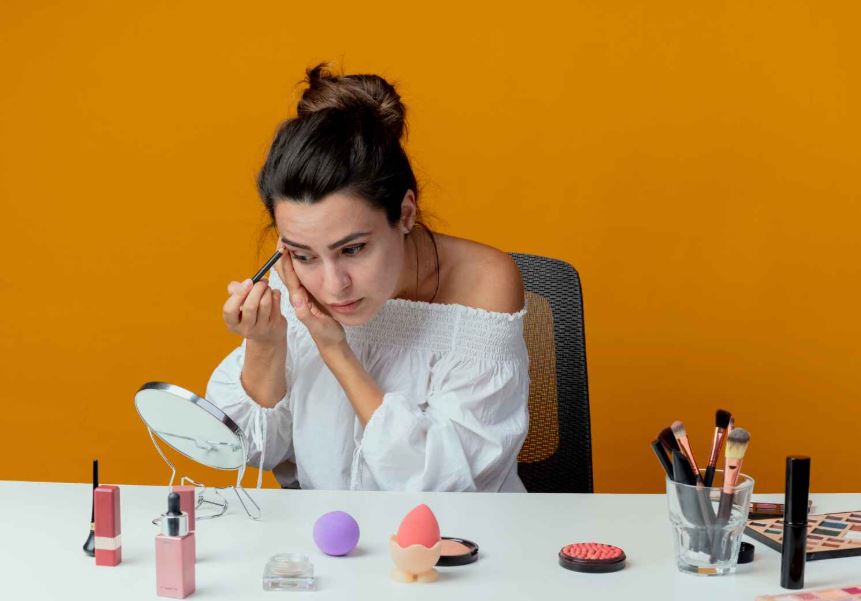Understanding Waethicc
Waethicc is a portmanteau combining weight and aesthetic, symbolizing an appreciation for various body types, particularly those that are curvier or fuller-figured. It encourages individuals to embrace their natural forms without conforming to conventional beauty ideals. This concept aligns with the broader body positivity movement, which advocates for self-love and acceptance regardless of size or shape.
The Evolution of Waethicc in Pop Culture
Initially a niche term within online communities, waethicc has gained traction across mainstream media. Social media platforms like Instagram and TikTok have played pivotal roles in this evolution, with influencers and celebrities showcasing their waethicc bodies and challenging traditional beauty norms. This visibility fosters acceptance and appreciation for diverse body types. Additionally, fashion brands have recognized this shift, embracing inclusive sizing to cater to all body shapes, making fashion more accessible.
Common Myths and Misconceptions about Waethicc
Despite its positive intentions, several myths surround the concept of waethicc:
-
Myth 1: Waethicc Promotes Unhealthy Lifestyles: Some believe that celebrating waethicc bodies encourages unhealthy habits. However, waethicc emphasizes self-acceptance and recognizes that health and beauty come in all shapes and sizes.
-
Myth 2: Waethicc is Exclusive to Certain Body Types: While waethicc often highlights curvier figures, it fundamentally promotes inclusivity and body diversity, encouraging everyone to embrace their unique shapes.
The Role of Social Media in Promoting Waethicc
Social media platforms have been instrumental in amplifying the waethicc movement. Users share content celebrating body diversity, fostering communities that support self-love and acceptance. Hashtags related to waethicc help users connect, share experiences, and challenge traditional beauty standards.
Impact on Traditional Beauty Standards
Waethicc challenges the status quo of traditional beauty standards by promoting a fuller, curvier body type and celebrating diversity. This movement rejects the long-held notion that thinness equals beauty, encouraging a more inclusive perception of attractiveness.
The Intersection of Waethicc and the Body Positivity Movement
The body positivity movement has made significant strides in promoting diverse representations of beauty, particularly for waethicc bodies. These fuller figures challenge conventional standards and encourage self-acceptance. Waethicc representation is essential within this dialogue, highlighting the importance of visibility for individuals who don’t fit typical body types.
Conclusion
Waethicc represents a cultural shift towards embracing body diversity and challenging traditional beauty norms. By promoting self-love and acceptance, waethicc encourages individuals to celebrate their unique bodies, fostering a more inclusive and supportive society.
Frequently Asked Questions (FAQs)
Q1: What does waethicc mean?
A: Waethicc is a term that combines “weight” and “aesthetic,” celebrating diverse body shapes, particularly curvy or voluptuous ones, and encouraging individuals to embrace their natural forms without conforming to traditional beauty standards.
Q2: Is waethicc only about physical appearance?
A: While waethicc celebrates physical diversity, it also promotes self-love, confidence, and acceptance, encouraging individuals to embrace their unique bodies and feel good in their skin.
Q3: How is waethicc influencing the fashion industry?
A: The rise of waethicc has led to more inclusive sizing in the fashion industry, with brands now catering to a broader range of body shapes, making fashion accessible to everyone.
Q4: Are waethicc bodies healthy?
A: Health is not determined solely by body shape or size. Waethicc promotes the idea that health and beauty come in all forms, encouraging a holistic approach to well-being, including physical, mental, and emotional health.
Q5: Where did the term waethicc originate?
A: Waethicc originated from social media platforms where users began celebrating body diversity and challenging traditional beauty norms, with influencers and celebrities playing significant roles in popularizing the term.





